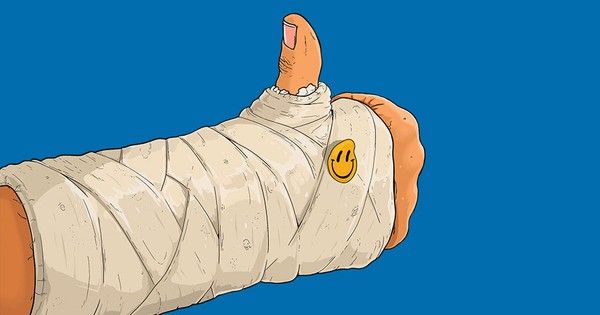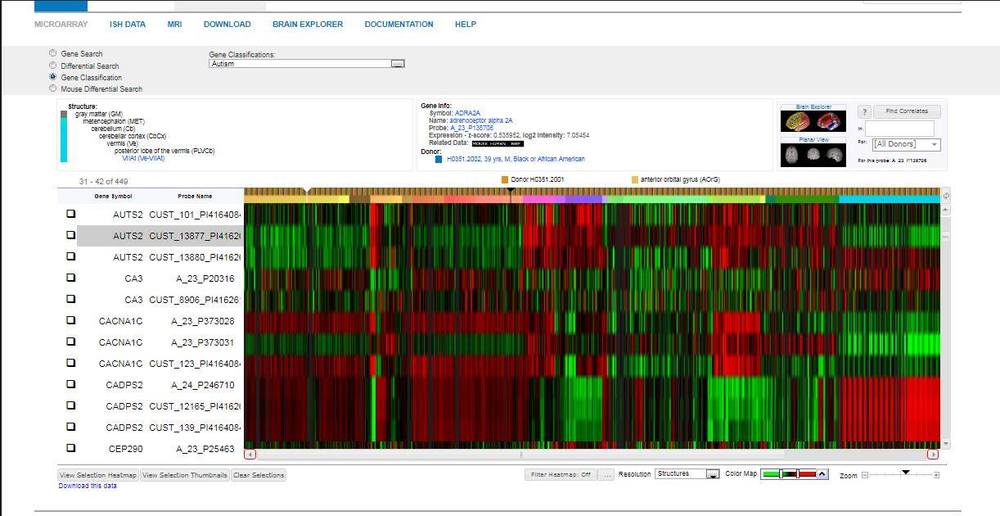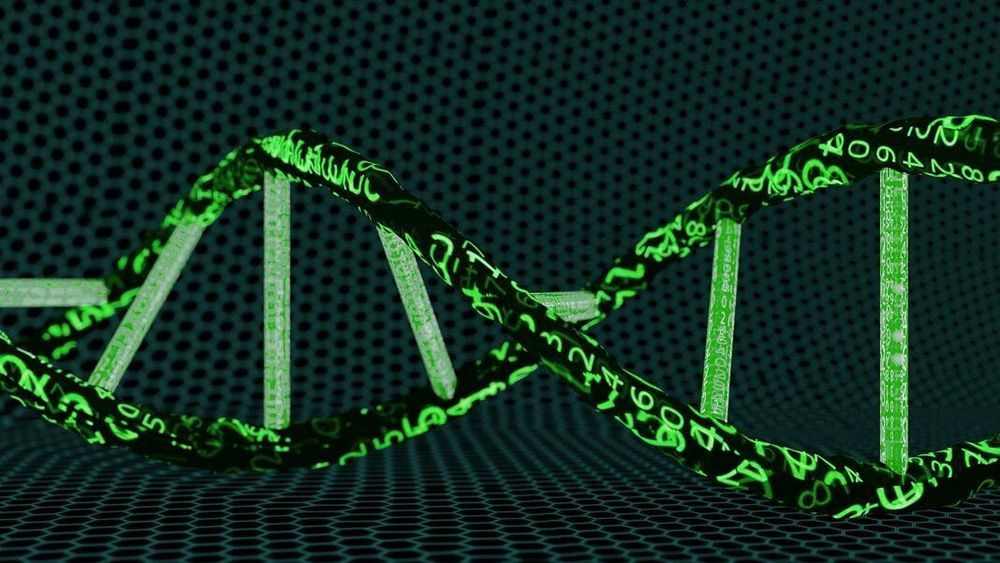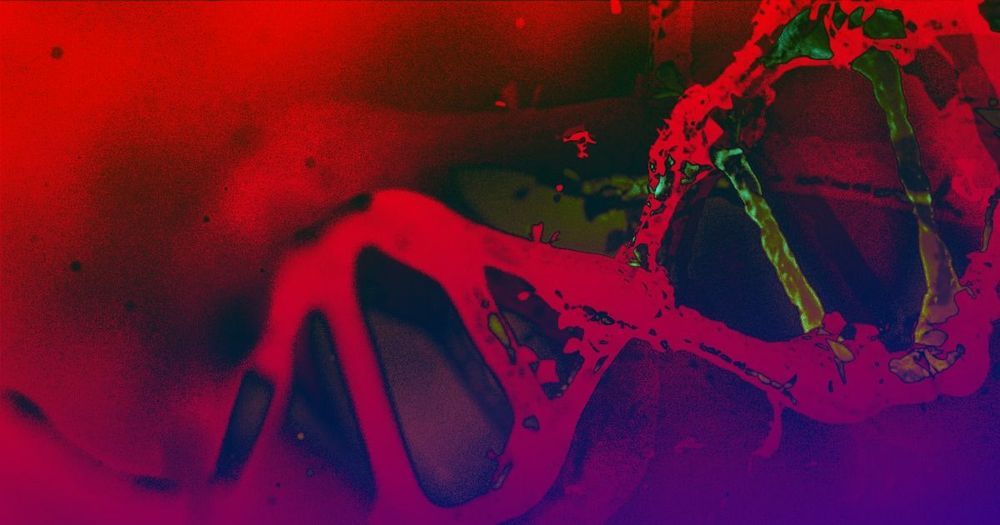People like Jo Cameron, who can’t feel any pain, could help us find the on-off switch for suffering.



GSK forms CRISPR alliance with UC Berkeley and UCSF to create functional genomics insitute. The main one, technologywise, is this about using CRISPR as a gene function screen. One can do a gazillion experiments at once, fleshing out connections, sketching the biology, finding drug targets. http://bit.do/eU942
S AN FRANCISCO — The drug maker GlaxoSmithKline announced Thursday that it would team up with some of the nation’s most prominent CRISPR researchers to use the gene-editing technology in a search for new medicines, establishing a new lab in San Francisco and spending up to $67 million over five years.
Jennifer Doudna, the University of California, Berkeley, researcher who co-invented the CRISPR enzyme technology, will help lead the effort, along with Jonathan Weissman, a UC San Francisco researcher who has been using CRISPR to understand the function of individual human genes and how they work together. Both are Howard Hughes Medical Institute investigators.
The lab will be called the Laboratory for Genomic Research and will be based near UCSF’s Mission Bay campus. The money will fund 24 full-time University of California employees, in addition to as many as 14 full-time GSK employees. GSK’s machine learning and artificial intelligence groups will create computer systems that can handle the large amounts of data the project is expected to create. It will focus on immunology, oncology, and neurology.



The modern world is facing a tsunami of data. DNA is emerging as an ultra-compact way of storing it all, and now researchers supported by Microsoft have created the first system that can automatically translate digital information into genetic code and retrieve it again.
In 2018 we created 33 zettabytes (ZB)—33 trillion gigabytes—of data, according to analysts at IDC, and they predict that by 2025 that figure will rise to 175 ZB. It’s been estimated that if we were to store all our information in flash drives, by 2040 it would require 10 to 100 times the global supply of chip-grade silicon.
DNA, on the other hand, is so compact it could shrink a data center to the size of a few dice. But for that to become practical we need a DNA-based equivalent of a hard drive that lets you upload and download data in a simple and intuitive way.

Scientists have found a genetic mutation that cranks up someone’s pain tolerance to the superhuman level.
New research describes an Italian family with a rare gene that turns down their pain sensitivity and might offer clues in the development of pain treatments, particularly those who experience chronic pain. The six members of this family, who are from three different generations, have “a distinctive pain response that has not been identified in any other people,” University College London explained. The low-pain condition is called congenital analgesia and has been connected to a couple of other genetic mutations as well, but the studied family has a unique set of symptoms.
“The members of this family can burn themselves or experience … bone fractures without feeling any pain,” lead study author James Cox said in the university statement. “Their nerves are all there, they’re just not working how they should be. We’re working to gain a better understanding of exactly why they don’t feel much pain.”

Age is a leading risk factor for a number of conditions such as heart disease, cancer, and Alzheimer’s disease among others, such conditions make a real need for development of anti-aging therapies urgent. Salk Institute researchers may have developed a new gene therapy to help decelerate the aging process, as published in the journal Nature Medicine.
CRISPR-Cas9 genome editing therapy has been shown by the Salk Institute team to suppress the accelerated aging observed in mice with Hutchinson-Gilford Progeria syndrome; and provided insight into the molecular pathways involved in accelerated aging, and how to reduce toxic proteins via gene therapy.
Having an early onset and fast progression progeria is a severe form of degenerative disorder caused by LMNA gene mutations; signs of accelerated aging include DNA damage, cardiac dysfunction, and dramatically shortened lifespan. LMNA genes produce lamin A and lamin C inside a cell, progeria shifts production of lamin A to progerin which is a toxic shortened form of lamin A that accumulates with age and becomes exacerbated with the condition.

UMBC’s Hua Lu, professor of biological sciences, and colleagues have found new genetic links between a plant’s circadian rhythm (essentially, an internal clock) and its ability to fend off diseases and pests. The findings were 10 years in the making and published in Nature Communications this week. The results could eventually lead to plants that are more resistant to disease-causing pathogens and better treatment for human diseases.
“It’s quite cool,” Lu says, “because, in both plants and animals, people are beginning to study the crosstalk between the circadian clock and the immunity system.”

Harvard geneticist George Church, famous for his plan to resurrect the woolly mammoth, has been assembling a list of genetic mutations and alterations that could give people longer lives and superhuman powers.
The spreadsheet, which reads like a mad scientist’s field notes, lists the known pros and cons of each gene. For instance, a specific mutation to the LRP5 gene would give you extra-strong bones — but also make you less buoyant in water. Other edits could give subjects resistance to radiation or incredible skills at holding their breath underwater.
All in all, the spreadsheet serves as a glimpse into the sort of changes we may expect once human gene-hacking becomes safer and more common.